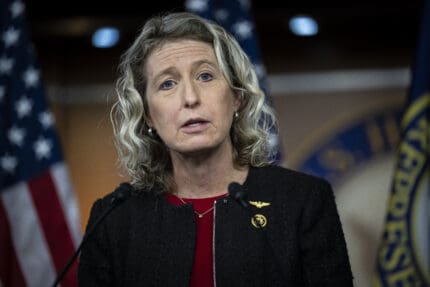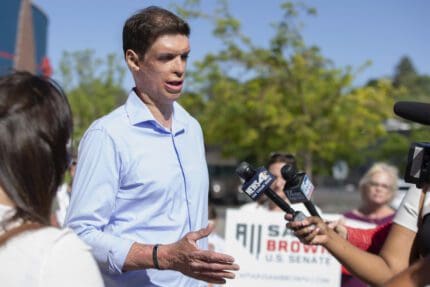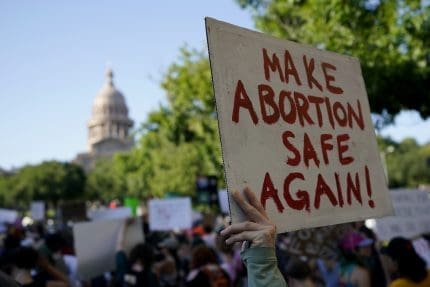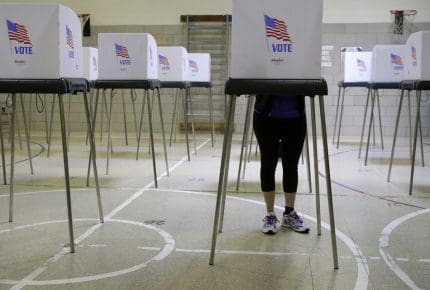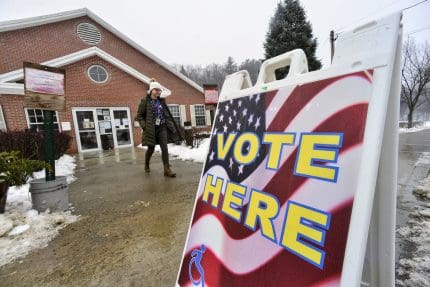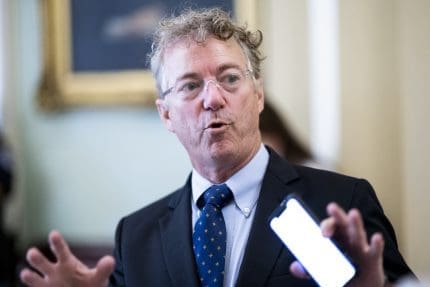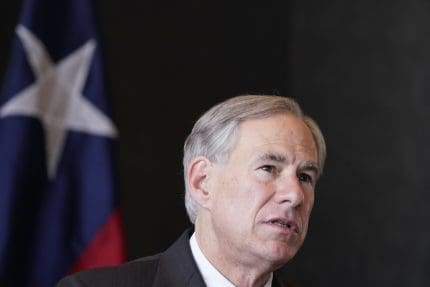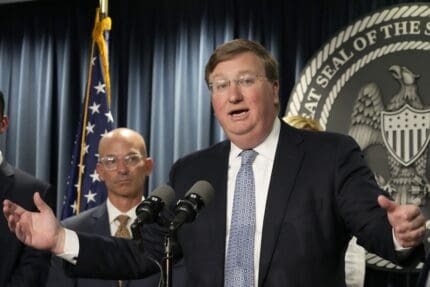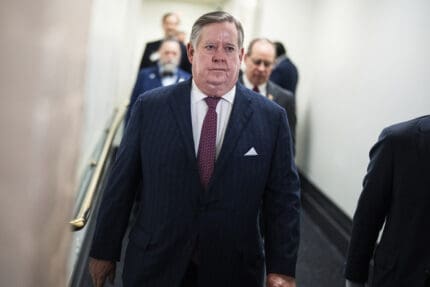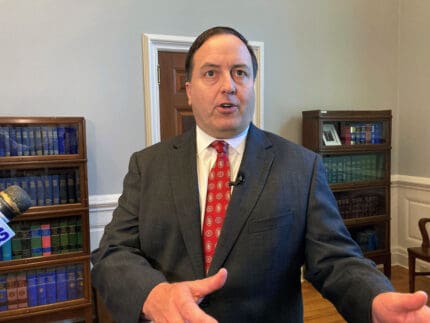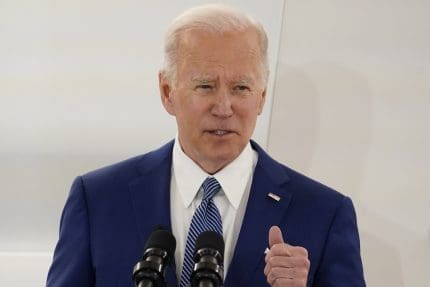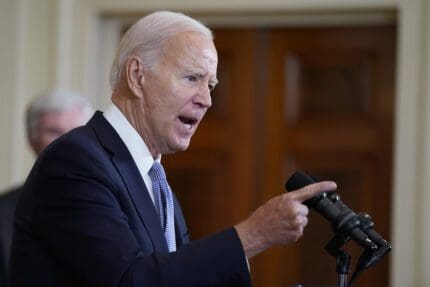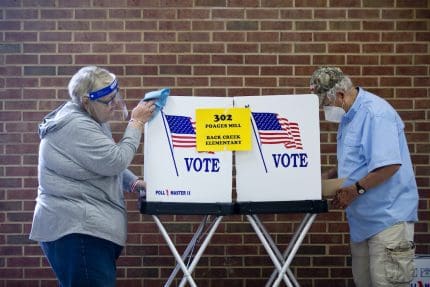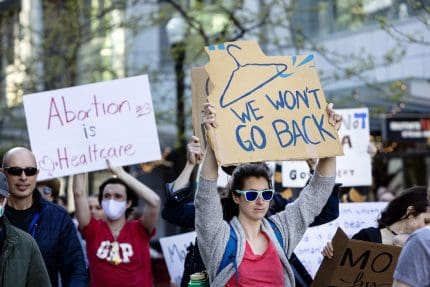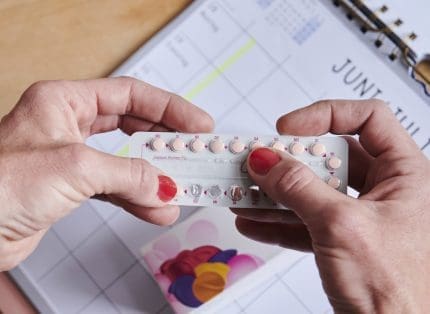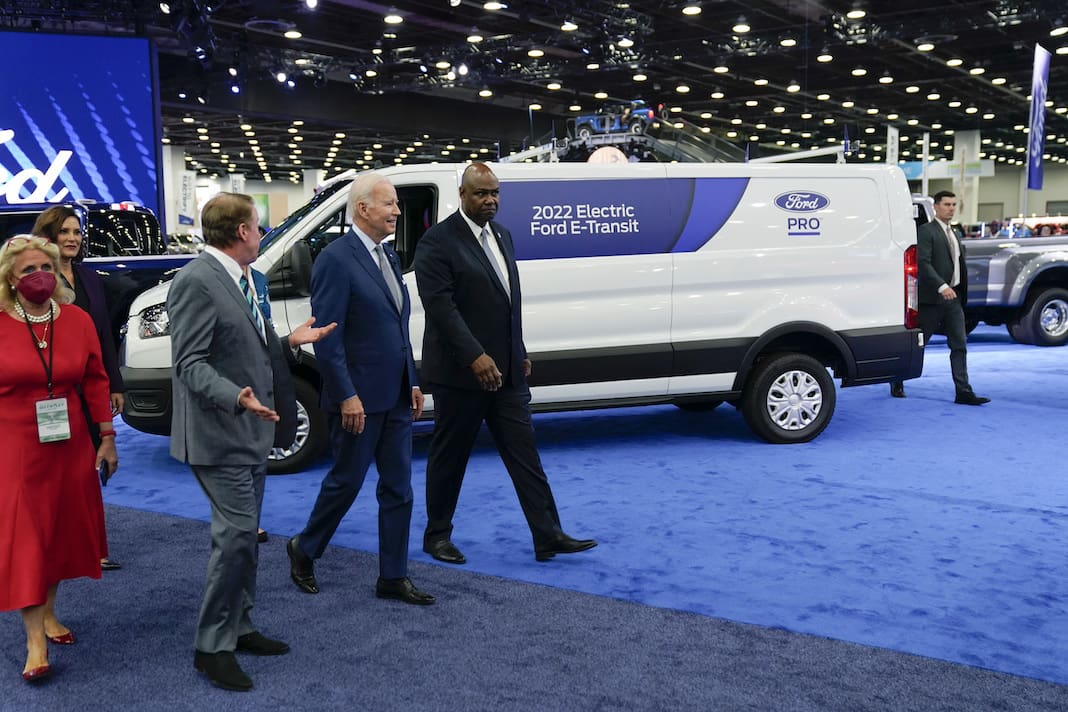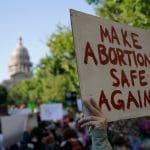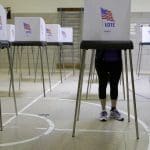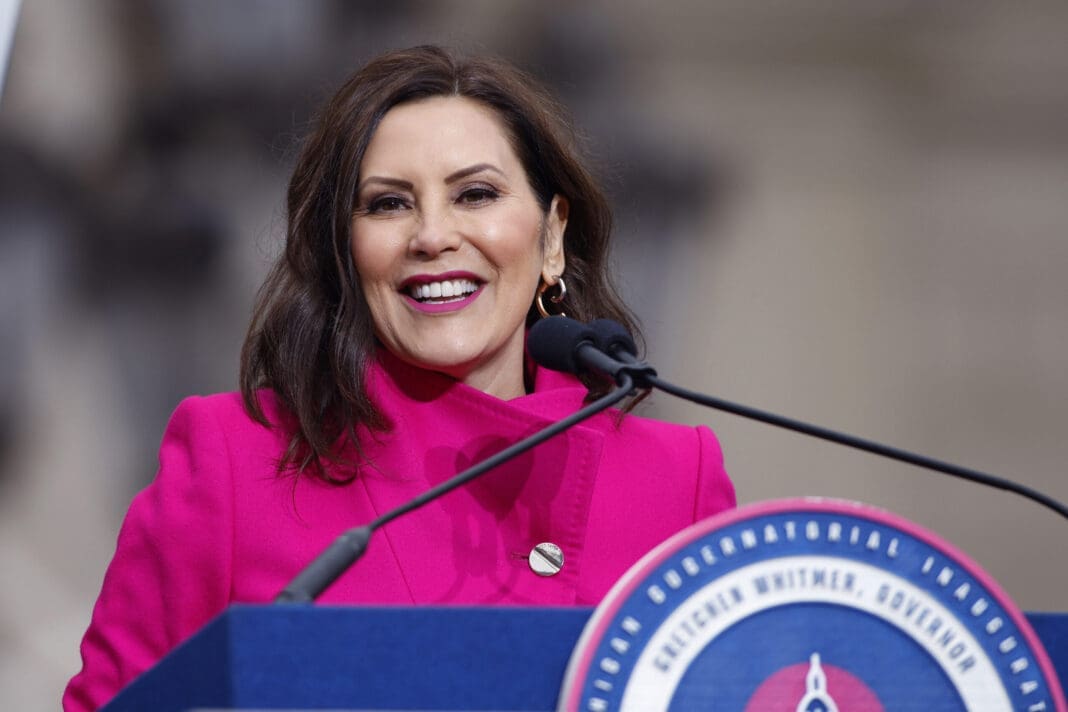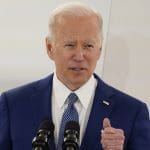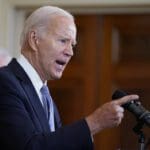Why the Iowa caucus could be more chaotic than usual this year
How the process works and why the Iowa Democratic Party will release three sets of results following the Feb. 3 caucuses.

On Monday night, Iowans will gather in gymnasiums, libraries, and community centers across the state to officially kick off the 2020 presidential nominating process.
Rather than casting ballots, Iowa’s caucus format requires voters show up in the evening and publicly declare their support for a candidate. The process has some quirky rules, and the Iowa Democratic Party will release three sets of results when the voting ends.
Here’s how the caucus actually works, what results will be released, and why two or even three campaigns could claim victory on Tuesday morning.
The Caucus Process
At 7 p.m., Iowans will gather in one of 1,678 precinct locations to begin a multi-step voting process.
Voters will be given a card to record their preferred candidate, and then physically go to a designated part of the room with other supporters of the same candidate. The cards will provide a paper record for transparency purposes.
Once voters have aligned, any candidate that falls short of 15% of the voters in the room is deemed not viable. But it doesn’t end there.
After the first alignment is complete, any voter supporting a non-viable candidate has a choice to make: They can support a different candidate or they can attempt to persuade voters from other non-viable candidates to join with them in hopes of attaining 15% support for their candidate. (Those who opted for a viable candidate in the first instance may not change their vote.)
This second alignment is the final opportunity voters have to pick a candidate. At the end of the second alignment, the votes for each viable candidate will be tabulated, and delegates will be awarded on a proportional basis.
According to the Wall Street Journal, the first results are expected around 8 p.m. CST (9 p.m. EST), with most of the results reported over the following two hours, barring any extenuating circumstances.
The Results
When the voting is over, the Iowa Democratic Party will report three sets of results: The state delegate count for each candidate; the raw vote totals of the first alignment; and the raw vote totals of the final alignment.
The Associated Press will declare a winner based on the candidate who receives the highest number of state delegates. At a later date, state delegates will select the 41 national delegates Iowa will send to the Democratic convention in July.
A candidate will need 1,991 national delegates to become the Democratic nominee for president.
In past years, the party only released the delegate counts. By releasing three sets of results, the party is aiming for more transparency, according to the AP. For the first time, campaigns that do not reach the viability threshold will be able to have an official indicator of their support during the first alignment.
Further, the difference between the first alignment and final alignment will provide insights into which campaigns gained strength from the supporters of nonviable candidates.
Potential Outcomes
The most straight-forward result would be one candidate leading in all three result categories.
However, it is possible for one candidate to garner the most initial support, while another candidate ends the night with a higher delegate count, due to gaining support from nonviable candidates after the first alignment.
The Associated Press noted that there is even a remote mathematical possibility of one candidate leading in the initial alignment, a different candidate leading in the final alignment, and yet a third candidate winning the most delegates.
Because of this, multiple campaigns may make a claim of victory once the voting concludes, although the AP and most news outlets will use delegate count as the metric for declaring a winner.
“The only way to become the Democratic Party’s presidential nominee is by winning a majority of national convention delegates,” David Bergstein, a spokesperson for the Democratic National Committee, told the AP. “We strongly encourage anyone who wants to understand who is winning the race for the nomination to pay attention to those results.”
Several top-tier candidates are hoping for a victory in Iowa to provide momentum and fundraising support for future contests.
Before voting starts, Sen. Bernie Sanders (I-VT) and former Vice President Joe Biden are leading in an average of Iowa polls, with both men carrying more than 20% support. Close behind, Sen. Elizabeth Warren (D-MA) and South Bend Mayor Pete Buttigieg are hovering around 15% support, and Sen. Amy Klobuchar (D-MN) has garnered around 10% support.
Every other candidate has less than 4% support.
The last time Democrats had more than two candidates in serious contention was 2008, when then-Sen. Barack Obama (D-IL) won, besting then-Sen. Hillary Clinton (D-NY) and former Sen. John Edwards (D-NC).
After Iowa
Iowa is the first of four nominating contests in February. After Feb. 3, a number of other states will get the chance to cast their ballots:
- Monday, Feb. 3: Iowa
- Tuesday, Feb. 11: New Hampshire
- Saturday, Feb. 22: Nevada
- Saturday, Feb. 29: South Carolina
New Hampshire and South Carolina will hold primaries, while Nevada will host a caucus similar to Iowa’s.
Super Tuesday, named for the large number of contests held that day, takes place on Tuesday, March 3. On that day, voters in 16 states and territories cast their votes, with two large states holding the largest number of delegates: 415 in California and 228 in Texas.
Other states hold contests through June 6, when Democrats in the American Virgin Islands cast the final votes.
From July 13 through 16, Democratic delegates will gather in Milwaukee to officially designate the Democratic nominee for president.
Republicans will hold their nominating convention in Charlotte, North Carolina, from Aug. 24 through 27. Donald Trump is widely expected to be nominated for a second term.
Trump and the Democratic nominee will campaign until Nov. 3, when Americans across the country head to the polls to select a new president.
The next president will be inaugurated on Jan. 20, 2021 at noon.
Published with permission of The American Independent Foundation.
Recommended

New NC GOP chair flirts with bogus stolen election conspiracies
Simmons predecessor was a staunch 2020 election denier
By Jesse Valentine - April 19, 2024
Texas activists pushed abortion restrictions in NM cities and counties, records show
Emails reveal influence and control in exchange for promises of legal help
By Austin Fisher, Source NM - March 04, 2024
Cannabis workers across Missouri begin push to unionize dispensaries
The first day was a breeze. Sean Shannon and Danny Foster walked into several marijuana dispensaries around Missouri with their matching “Union For Cannabis Workers” shirts and talked to employees about the possibility of unionizing. “The first day, there were 57 stops amongst the teams,” said Shannon, lead organizer with UFCW Local 655, which actually […]
By Rebecca Rivas - December 04, 2023











